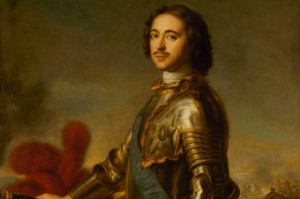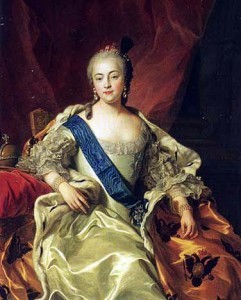Frankenstein begins to take a turn towards the “monster’s” perspective in pages sixty through one hundred twenty one. While Frankenstein’s perspective still plays a role, the monster’s perspective on life is a heavy feature to this reading. The monster meets with Frankenstein and begins to discuss his life where the reader realizes what the monster has gone through. From first finding out where he was to eventually learning language, the reader can see how truly intelligent this creature is. Victor is able to realize this also and this creates a strong connection between the two when he notices all the similarities between them. Victor notices that they both share a love for sublime nature, they both are concerned with the power of knowledge, and very sensitive. The monster goes on to speak about the cottagers that he, unknowingly to them, has lived with and the role that they play in his life. With such a developed subplot, the reader can understand the connections the monster has made to these people and the role that they play to him. Except when the monster tries to approach them, he is scolded away, causing him to have vengeance towards all human beings especially Victor. The reader can feel his emotion toward the human race and how he wants to be a part of something so bad which is why he tries to convince Victor to create another being like himself. Victor is very up and down about what he wants to do but promises he will make another female creature for the monster. During this process Victor begins to have second thoughts and destroys his progress. The monster is furious, swearing to Victor he will see him on his wedding day. The chapter ends with Victor fleeing back towards Clerval until he is thought to have murdered someone in a nearby town.
A passage that really stuck out to me was in chapter 15 when the monster talks about his identity. “”Accursed creator! Why did you form a monster so hideous that even you turned from me in disgust? God, in pity, made man beautiful and alluring, after his own image; but my form is a filthy type of yours, more horrid even from the very resemblance. Satan had his companions, fellow devils, to admire and encourage him, but I am solitary and abhorred.” ( Pg 93) This passage stuck out to me because the monster started to realize what he truly was and how much this not only disgusted him but every one else. This is one part where the monster realizes that the knowledge he obtained has hurt him and what his personal identity is. Although he may not have a name or even a species, he knows that he is hideous and without anyone else in his species he will forever be lonely. This passage captures his emotions towards himself and shows what everyone else believes of him.

 Peter the Great, First Father of the Fatherland (1672-1725)
Peter the Great, First Father of the Fatherland (1672-1725)
